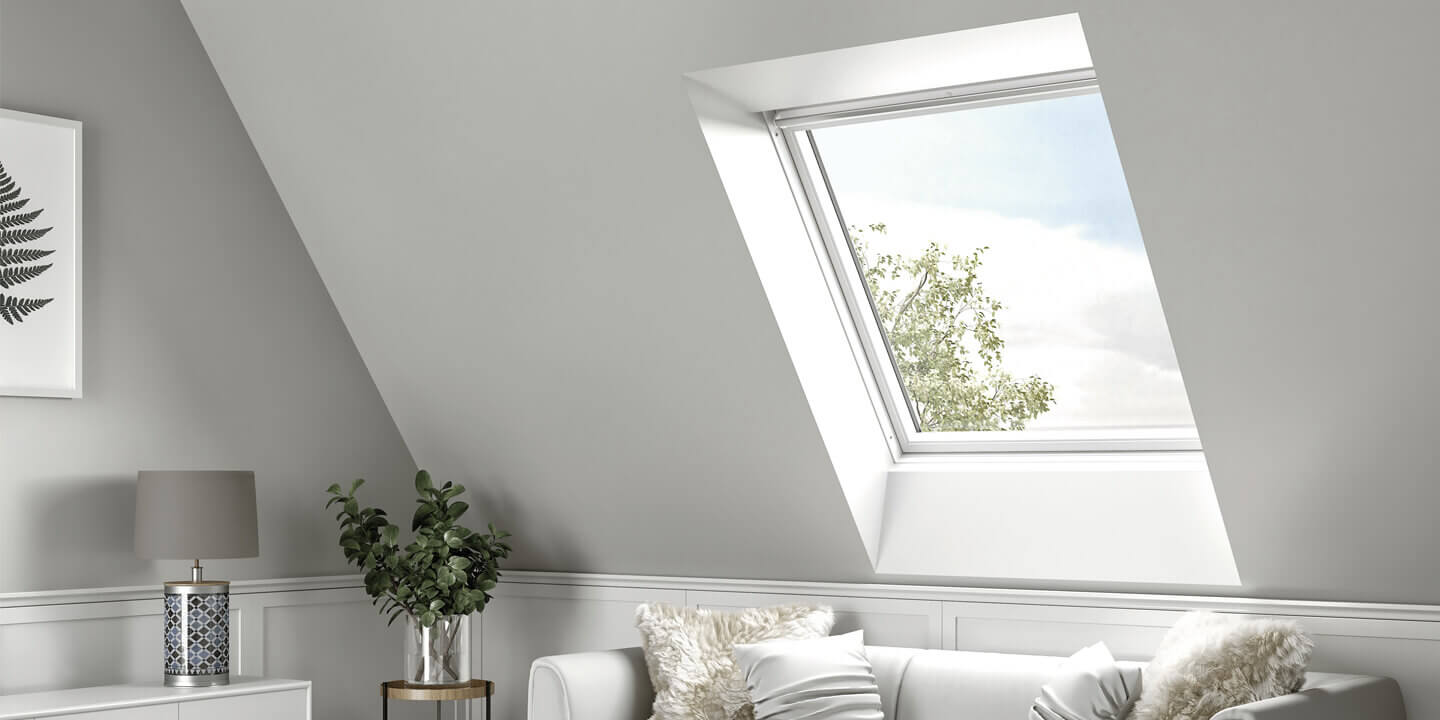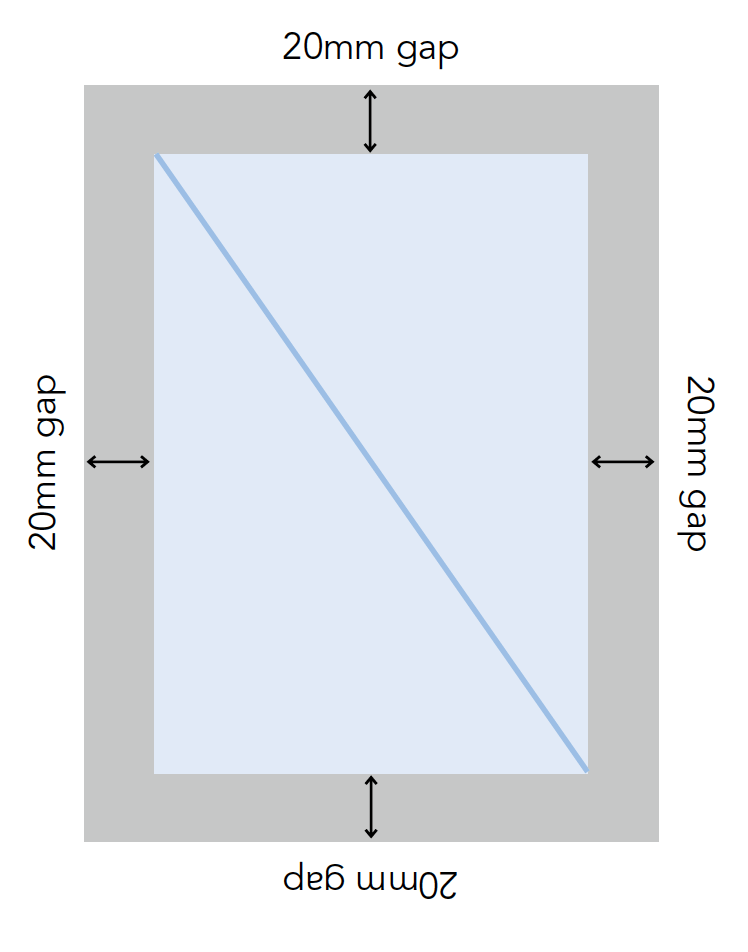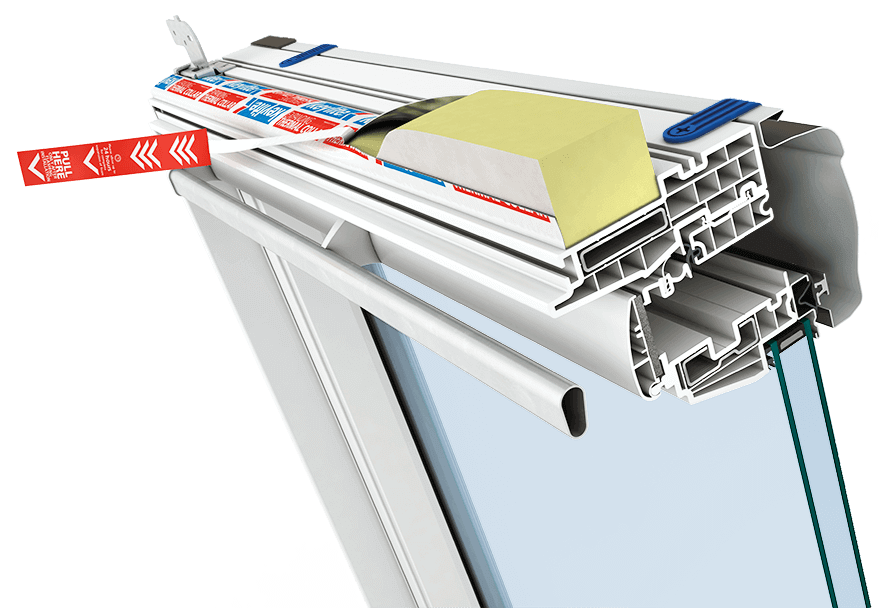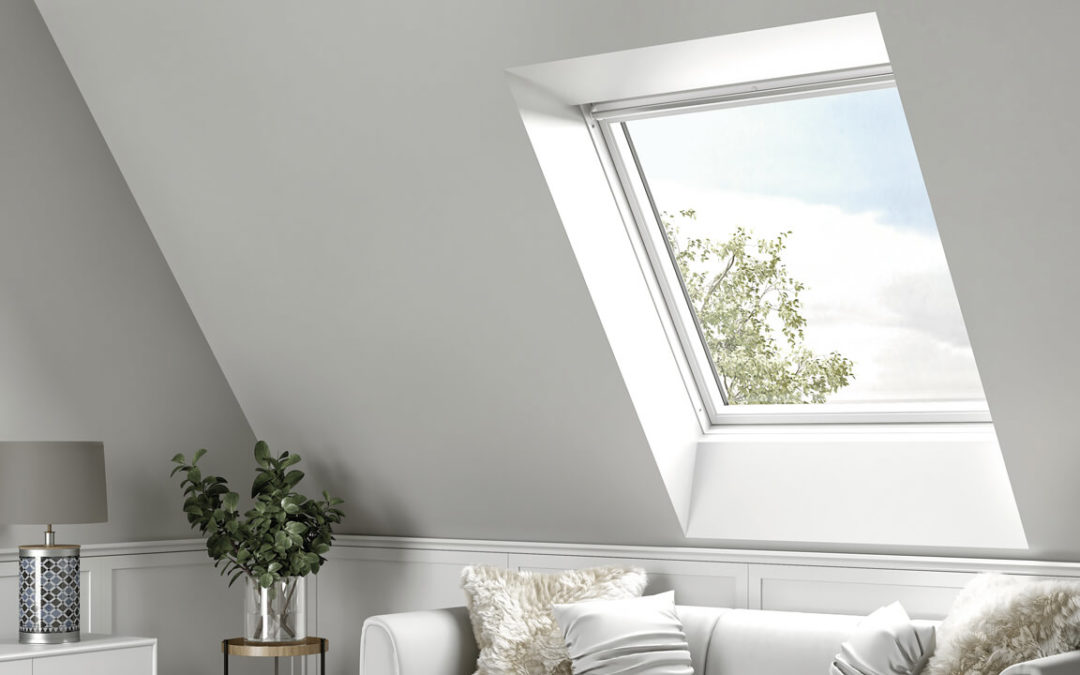
New research points to benefits gained by re-evaluating roof window specifications.

Roof windows are one of the products which many specifiers choose to ‘stick with what they know’.
But now, new research into the issues surrounding the installation of roof windows shows that a fresh approach is required, discounting the idea that re-using previous specifications for roof windows will guarantee a satisfactory result.
The issue stems from the 20mm gap which by default is left around roof windows during installation and to understand its impact, Keylite has commissioned several pieces of research by the industry’s leading technical experts.
The first piece of research, carried out by BRE, investigated the impact of thermal bridging on roof window installations. The startling result from the BRE study showed that, for many buildings, a thermal collar around the roof window would be necessary to prevent condensation and mould growth. What makes this so important is that Keylite’s research suggests that over 90% of roof windows in the UK are sold without their proprietary thermal collars recommended by the manufacturers for use during installation.
The findings of the research suggest that re-using old product details from previous specifications on new projects could be failing to address thermal bridging and the associated condensation risks. This is because the increased levels of airtightness plus additional insulation in the roofs, walls and floors of new homes has heightened the cold bridging effect on any remaining poorly insulated junctions. This risk increases in line with internal humidity levels, so popular areas for roof window installation such as kitchens, bathrooms and bedrooms face an increased condensation risk when the 20mm gap is left uninsulated.
The BRE study showed that for many buildings, a thermal collar would be necessary to prevent condensation and mould growth.
To overcome this condensation risk, Keylite has developed a unique expanding thermal collar which is built into the roof window’s frame. The collar is activated once the frame is fitted in place and expands to insulate the offending 20mm gap between the frame and the roof timbers.
Experts at BRE researched the comparative performance of the window, with and without the innovative thermal collar, using the BR497 conventions for calculating linear thermal transmittance and temperature factors, along with IP 1/06 which addresses the effects of thermal bridging at junctions and around openings. The assessment was undertaken using Physibel TRISCO thermal modelling software.
BRE found that the expanding collar would not only prevent condensation on the frame’s internal surface, but that the significant improvement in the frame’s thermal performance would also enhance the roof window’s performance with SAP, as its Psi values exceeded those required as the default values in the latest building regulations.
The second piece of research into the effects of installing a window without a thermal collar was carried out by construction industry consultants Currie & Brown. They pointed to studies which show that, on average, new homes emit 2.6 times more carbon than that estimated during design.
This confirms that the stated energy ratings of materials don’t always reflect the reality onsite, with heat loss around windows and doors being one of the most significant contributing issues.
Having specified a roof window, you might of course assume that its performance would be the same in the roof as it was in the U-value tables. However, Currie & Brown completed quantitative analysis of the issue to reveal the true scale of the problem and their findings make salutary reading for specifiers.
In performance terms, the failure to insulate the 20mm gap around the roof window during installation weakened the U-value for the whole roof opening to 1.74 W/m2.k, compared to the manufacturer’s quoted figure of 1.3 W/m2.k for the roof window alone.
Currie & Brown calculated that the value of the lost energy from the roof windows installed each year in the UK without thermal collars amounted to half a million pounds, equating to the energy required to heat over 3000 new semi-detached homes.
Re-using previous specifications for roof windows is no longer a guarantee of satisfactory performance.
The question you will be asking is why is the appropriate insulation not being installed onsite? Well, there are a number of reasons including a circular argument that low demand from installers leads to low availability from trade sellers and so on. Also, since the collars are additional cost items, not visible when installed, contractors are less likely to include them.
Keylite’s innovation however is built into each of its roof windows as standard and reverses the energy loss problem by restoring the performance of the whole roof opening to reflect the specified performance of the window itself. This unique solution provides architects with the comfort that a Keylite specification will deliver the anticipated designed performance onsite as every window is suitably equipped to combat the cold bridging challenge.

